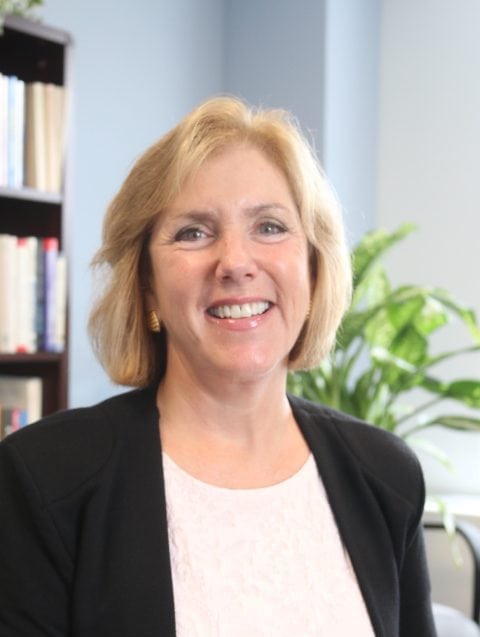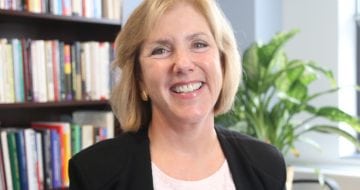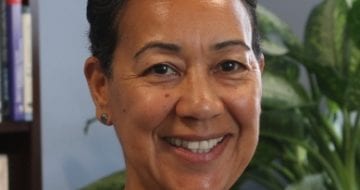
Betsy Brand, AYPF Executive Director
This post was originally published in April 2016. As the school year ends and summer begins, it is important to remember the many benefits of summer learning programs for youth and communities. In this blog post, Betsy Brand makes the case for more funding for afterschool and summer learning programs, and shares examples of federal funding sources that can be leveraged to support summer learning.
This is part one of a two-part blog series on the value of summer learning programs. Click here for part two.
The demand for high quality afterschool and summer learning programs continues to grow as families, youth, and communities learn of the many benefits offered by those programs. Demand outstrips supply, and a constant concern for communities and providers is where to find the dollars to support afterschool and summer learning.
It’s clear we need more, not less, funding for afterschool, as we are not serving all the children and youth that want to participate. Rates of participation in afterschool programs remain relatively low among disadvantaged and minority youth, the very youth who may be most in need of academic assistance. More than 4.1 million, or 61%, of African-American parents and 4.2 million, or almost half, of Latino parents of children who are not enrolled in an afterschool program say that they would enroll their children in quality afterschool programs if one were available, significantly higher than the national average of 38%. The demand for summer learning programs is even greater. More than 3 in 4 African-American children and 7 in 10 Latino children would likely enroll in a summer learning program, based on parental interest. And half of children from low-income households not participating in an afterschool program would be enrolled if one were available to them, 16 percentage points higher than for children from higher-income households (34 percent).
The federal 21st Century Community Learning Center (CCLC) program is a key source of funding for many afterschool and summer programs, but can’t fund programs indefinitely. There are other funding sources available at the federal, state, and local levels that can help support afterschool and expanded learning. A number of states and some communities have made serious commitments to supporting afterschool and summer learning, but for every state that appropriates funding for afterschool, there is another that doesn’t.
In addition to the 21st CCLC program, there are a number of other federal funding sources that can be used to augment afterschool and summer learning. A brief list is provided here:
- Child and Adult Care Food Program and Summer Food Service Program: Enables afterschool programs to offer low-cost or free snacks to children.
- Child Care and Development Fund (CCDF): Subsidizes child care costs, including the costs of afterschool care for children ages 5-12 in low-income families and also allocates a small portion of funds to activities aimed at improving program quality.
- Community Development Block Grant: Provides communities with resources to address a wide range of community development needs such as child care fees for low-income families and to support construction of day care or youth centers.
- ESSA Title I: Funds can be used to support extended learning programs that serve low-income, at-risk youth.
- ESSA Title II: Professional development funding can be used for teachers who work in afterschool programs.
- GEAR UP (Gaining Early Awareness and Readiness for Undergraduate Programs): Afterschool programs, in partnership with GEAR UP, may use funds for tutoring programs, afterschool and weekend programs (including transportation), summer programs, mentoring services, and college counseling.
- Juvenile Justice and Delinquency Prevention Act: Funds support preventative and comprehensive services for juveniles and the personnel with whom they interact, including afterschool program staff, and it also supports mentoring and programs for positive youth development.
- Safe and Supportive Schools: Afterschool programs can provide conflict resolution, peer meditation, mentoring programs, character education programs, or community service projects in partnership with schools.
- Social Services Block Grant: Funds can be used to support child care and youth services.
- Temporary Assistance for Needy Families: Funds are used primarily to provide cash assistance to low-income families and may also be used to support afterschool programming and initiatives, either directly or through a transfer of funds to the CCDF.
- Workforce Innovation and Opportunity Act (WIOA): Funds can support afterschool programs in the delivery of tutoring, literacy and math skills, training services, community service opportunities, leadership development opportunities, adult mentoring, counseling, and transportation.
Even though there are resources available through these federal programs, not all afterschool and summer learning program staff know about them, and they can face administrative challenges in applying due to eligibility requirements that are different than afterschool programs, requirements to collect data that many afterschool programs may not collect, and lack of time on the part of program staff who are understandably busy working with children and youth to write proposals. As we continue to see an increase in the number of policymakers who value and promote afterschool and summer learning, we need to press them to provide the resources necessary to fund these very important programs for all children.





